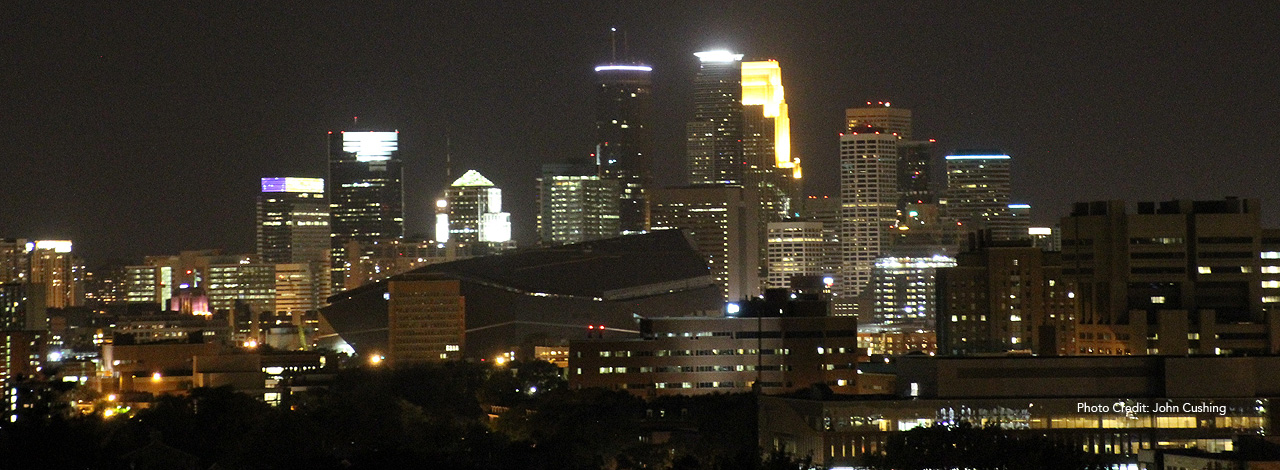history - PROSPECT PARK NEIGHBORHOOD REVITALIZATION PLAN (nrp)
The Minneapolis Neighborhood Revitalization Program (NRP) was an outgrowth of neighborhood activism within our city during the period from the late 1960's through the early 1980's (as exemplified in the mid-1970's Minneapolis community magazine Common Ground). The case was made that too much of the focus of city development was on downtown projects. The Coalition for the Defense of Neighborhood Priorities was formed which was largely at odds with the Minneapolis Housing Authority (that became the Minneapolis Community Development Authority—MCDA). The city wanted to de-fund neighborhood participation. The Coalition stayed true to the dream of injecting citizen participation directly into the development process with real clout: spending decisions.
NRP is a quasi-independent, government agency, created in 1990 by state-enabled legislation which provided for the structure and specified how the money would be used. NRP is managed by 5 governments: the city, county, park board, school board and library board. It was established with City funds, but funded by MCDA, which recaptures tax-increment finance (TIF) money on the downtown projects.
Essentially, $20 million was set aside for each of 20 years to create a pool of $400 million which would be divided unequally among the 81 neighborhoods of Minneapolis. The neighborhoods were classified into 3 categories:
- Redirection Neighborhoods (needing the most help)
- Revitalization Neighborhoods (needing a boost)
- Protection neighborhoods (needing preventive maintenance)
The PPERR neighborhood rightly fell into the Protection category. We received $3.2 million (compared to Phillips neighborhood's $12 million as a Redirection neighborhood). From 1993-1995, dozens of neighborhood volunteers met in our neighborhood and formulated a planning document which has been used for implementation by PPERRIA (the fiduciary agent for NRP implementation in our neighborhood) to address these areas: Housing; Transportation; Environment; Education and Human Services; Safety and Security; Livability; Business, Jobs and Employment; and Parks, Arts, Recreation and Culture. PPERR NRP Phase 1 existed from 1993-2003; PPERR NRP Phase 2 from 2004-2011.
PPERR NRP
Since 1995, many more volunteer hours (and some paid staff ones) have been spent implementing the various projects described in our planning document. Among the most visible are the rehabilitation and improvement of Pratt School and grounds, the rehabilitation of the Tower, the deployment of safety and security lighting, the publication of a comprehensive directory of neighborhood services, the implementation of transportation improvements, improvements in air quality and a raised environmental consciousness, computer labs at both Luxton and Pratt community centers, and the reestablishment of a school at Pratt. organized In January, 2001 a modification to the plan was voted on in a well-publicized neighborhood meeting.
To illustrate the process of how the PPERR NRP planning document was hammered out by neighbors who spent long, volunteer hours, every iteration of the Housing Section is given as an example.
The great achievement of NRP for our city was to activate and capture the creative energies of so many of our citizens who became involved and helped improve our neighborhoods mostly with capital projects in spite of the lackluster support from the city council and the mayor during the last half ot the 1990's. As a result, we all got a bargain on NRP dollars spent in our city.



